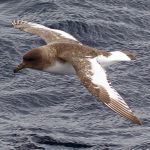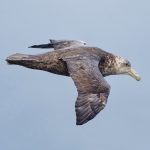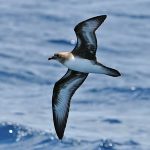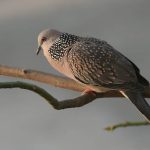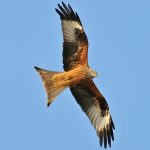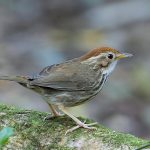Westland petrel
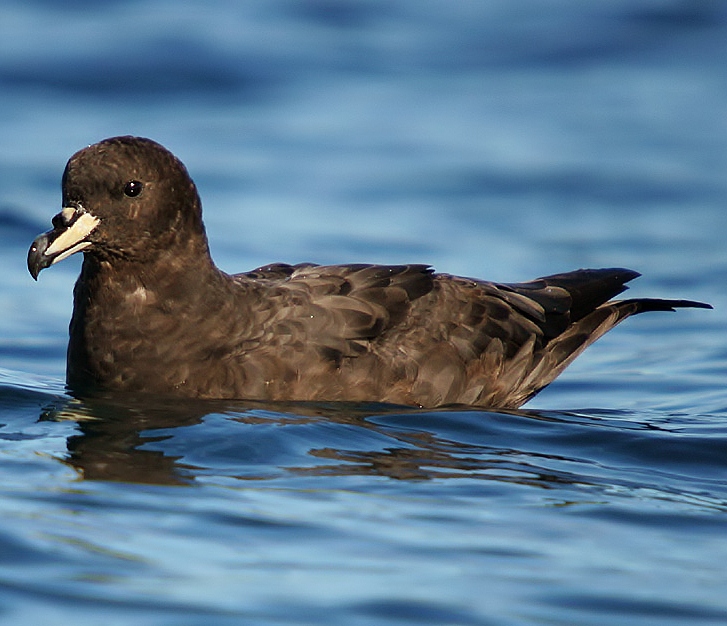
 |
| Photo by Mark Jobling (Wikipedia) |
Common name:
Westland petrel (en); petrel-de-Westland (pt); puffin du Westland (fr); pardela de Westland (es); Westlandsturmvogel (de)
Taxonomy:
Order Procellariiformes
Family Procellariidae
Range:
This species is endemic to New Zealand, only breeding in coastal foothills at Punakaiki, South Island. Outside the breeding season they spread over a large area of the southern Pacific Ocean, from the coast of south-eastern Australia to the coast of Chile.
Size:
These large petrels are 50-55 cm long and have a wingspan of 135-140 cm. They weigh 0,8-1,2 kg.
Habitat:
They breed in densely forested hill and coastal cliff, up to an altitude of 250 m. They mainly forage on the open ocean, but also in intertidal areas and in sub-tidal coastal kelp forests and seagrasses.
Diet:
The Westland petrel hunts cephalopods, fishes and crustaceans, also following trawlers to scavange fishing waste.
Breeding:
These birds breed in May-November. They form breeding colonies, with each pair building a large, cavernous burrows, up to 2 m long, close to steep slopes, cliff edges or trees from where they can take off. There the female lays a single egg which is incubated for 57-65 days. The chicks fledge 20-40 days after hatching and then head out to the open ocean, not returning to the colony for 5 years. They reach sexual maturity at 10 years of age.
Conservation:
IUCN status – VU (Vulnerable)
The Westland petrel has a very small breeding range and a global population estimated at 10.700 individuals. The population is believed to be stable, but there are several significant threats, namely habitat loss due to mining and agriculture and nest predation by introduced mammals such as cats and dogs and the native weka Gallirallus australis. Other threats include by-catch by long-line fishing vessels, and increased tourism.


